Continuing our series of articles on arbitration at padel, this time we approach the 11th theme of the document of the French Tennis Federation (FFT): the Let.
What is a LET during the exchange?
It is the fact of having to completely replay a point following certain situations.
What are the situations that can lead to a let during a rally?
- The ball bursts during a rally.
- An element external to the game invades the playing surface during a rally.
- There is an unforeseen situation that interrupts the game.
What is a LET service?
It is the fact of having to replay the service ball in question (1st or 2nd ball).
A second service ball is declared a let. Decision ?
Only the second ball is to be replayed.
What situations can result in a LET service?
– When, after touching the net, the net post (including its possible protection) or the boards:
- the ball falls in the correct service box then makes a second bounce on the ground or on a window.
- the ball lands in the correct service square and then hits the receiver (or his partner), or his equipment.
- the ball directly touches the receiver (or his partner), or his equipment.
- if out-of-court play is allowed, the ball lands in the correct service box and then goes through the gate opening.
– When the server served while the receiver (or his partner) was not ready.
A player considers that a situation resulting in a let has occurred during a rally, stops play and calls the Referee. Decision ?
– Either the Referee validates the LET.
– If, on the other hand, the Referee considers that there was no reason to interrupt the course of the game, the pair of the player who stopped will have a point lost.
A server misses his first serve, then an unforeseen situation justifying a LET interrupts the performance of the second serve. Decision ?
LET, 1st service to be replayed.
An unforeseen situation justifying a LET interrupts a point following a second service made by the server. Decision ?
LET, 1st service to be replayed.
An unforeseen situation justifying a LET interrupts a point between the 2 services and before the server begins his gesture of second service. Decision ?
Second service to play because the player was not hindered during the course of the service.
A spectator yells "fault" during the rally. Decision ?
As a general rule, there is no need to announce a let. If, however, the Referee considers that the 2 pairs were hindered, that this hindrance had an influence on the course of the exchange and that no pair can be harmed by this announcement, he can pronounce a let.
Should an unintentional double in the key lead to a let?
No, the pair of the player who involuntarily doubled loses the point.
During the rally, a player realizes that he has served from the wrong half of the court and stops the ball with his hand. He calls for a let. Decision ?
That player's pair loses the point. The next point will be served according to the score.
During a rally, a ball falls out of a player's pocket. Decision ?
– The first time, the referee announces a let and warns the player that his pair will lose the point the following times.
– The second time and the following times, the pair of the player loses the point.
Note: This rule applies if the player drops his cap, bandana or any object belonging to him while the point continues.
Player A (pair A/B) serves a first service ball which falls into the net. It gets stuck in one of the meshes of the net. A serves his second ball without removing the first, and during the rally that follows, a ball hits the net and knocks out the ball that was stuck there. This one rolls slightly in the terrain of the A/B pair. Decision ?
A let may be announced, unless this decision obviously hurts one of the pairs or if the ball is already out of play.
A foreign object appears on the field during the exchange, the players continue the exchange. At the end of the point, the pair that lost the point claim a let because they claim to have been hampered. Decision ?
The point played remains acquired.
Player A goes up on the volley, a ball falls out of his pocket. Surprised, he stops playing and demands to replay the point. Decision ?
The player's pair loses the point. Indeed, the player cannot claim a let insofar as he has hindered himself.
A spectator shouts as a player prepares to spike. The player misses his spike, then claims a let. Decision ?
The point does not have to be replayed, the player having tried to win it despite the external hindrance.
Player A of pair A/B hits a spike. Shortly after, a ball hits the field. A's smash hits the grid directly on the side of the C/D pair, their opponents. Decision ?
Dot for the C/D pair.
Who is responsible for LET announcements to the service?
Each pair can announce a let, whether serving or raising.
After being rocked by tennis for nearly 15 years, I became an absolute fan of its cousin, the padel. For nearly a year now, I've been chasing the little yellow ball with another racquet, but with just as much passion! Based in Lyon, I intend to make you better acquainted with the padel in the region and at the national level.




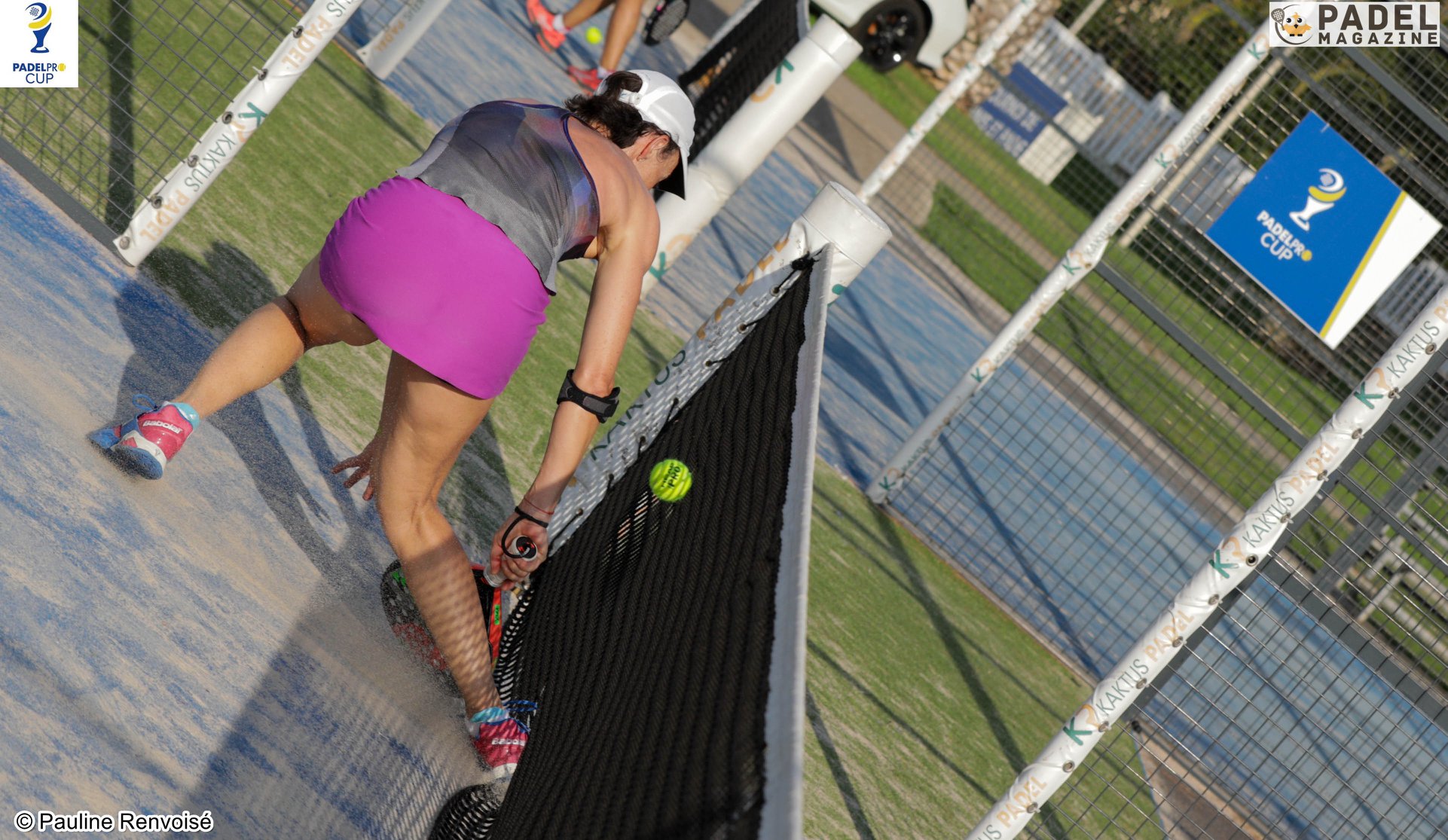












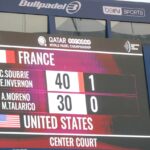



















































































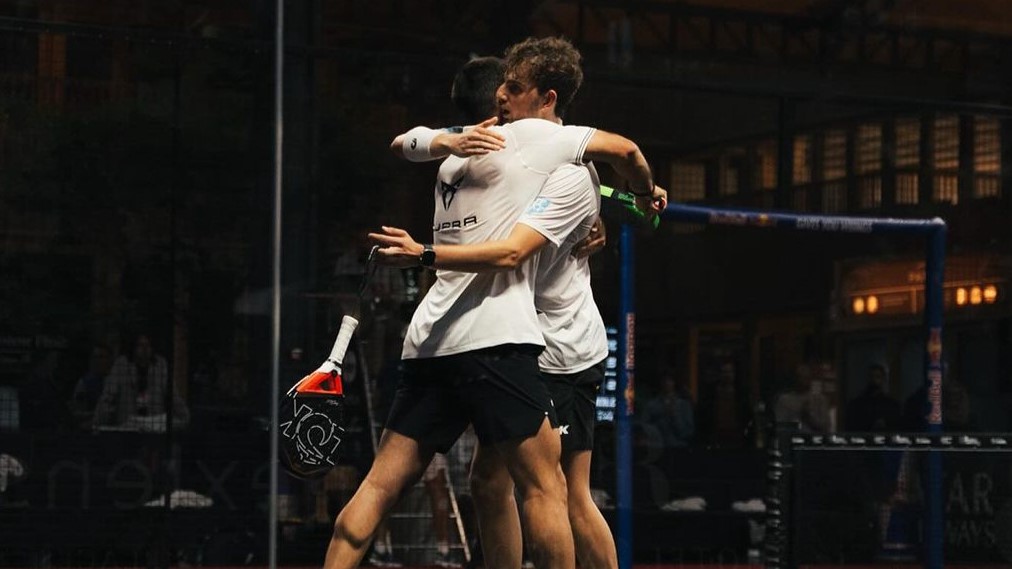 Premier Padel Brussels P2 – Mike Yanguas and Javi Garrido once again take the advantage over Stupa / Di Nenno
Premier Padel Brussels P2 – Mike Yanguas and Javi Garrido once again take the advantage over Stupa / Di Nenno Premier Padel Brussels P2 – The women’s Big 4 at the semi-finals!
Premier Padel Brussels P2 – The women’s Big 4 at the semi-finals! Premier Padel Brussels P2 – Sanz and Nieto win a big fight against Lebron / Navarro!
Premier Padel Brussels P2 – Sanz and Nieto win a big fight against Lebron / Navarro! Guillaume Codron de Sud Padel : “A family project”
Guillaume Codron de Sud Padel : “A family project” Nallé Grinda: “Democratize the padel in the USA with PadelX "
Nallé Grinda: “Democratize the padel in the USA with PadelX " Simon Boissé: “We know that there are two nations in front of us”
Simon Boissé: “We know that there are two nations in front of us” Marie Maligo: “This period of frequent changes of partners was beneficial for me”
Marie Maligo: “This period of frequent changes of partners was beneficial for me” Gilles Moretton: “We will be able to put the padel at the level of tennis”
Gilles Moretton: “We will be able to put the padel at the level of tennis” Two P1000 doubled prize money approaching!
Two P1000 doubled prize money approaching! José Manuel Escin at the inauguration of Casa Padel DOS: “Finally, and thank you!”
José Manuel Escin at the inauguration of Casa Padel DOS: “Finally, and thank you!”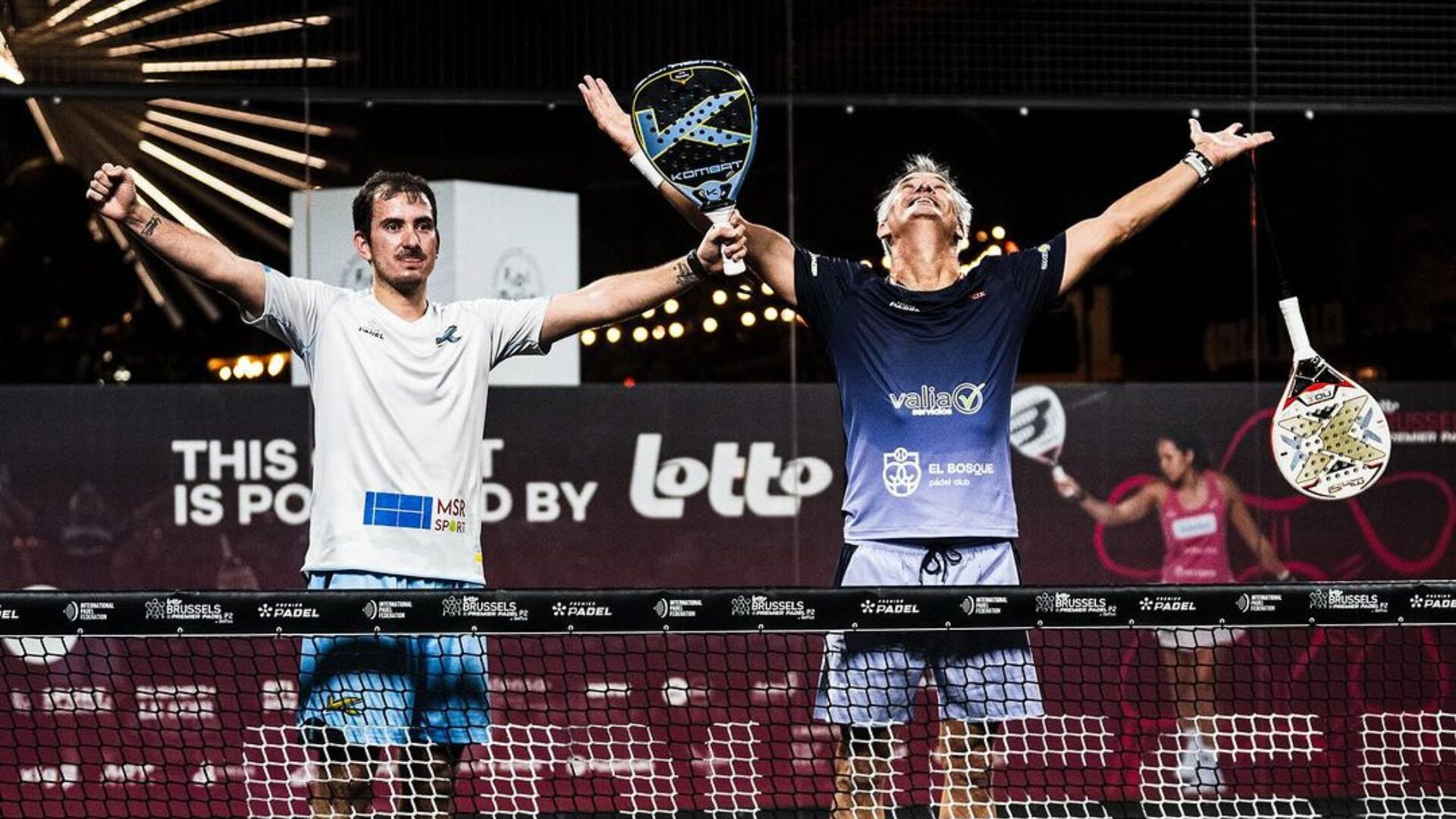 Miguel Lamperti: three tie-breaks and a return to the quarter-finals!
Miguel Lamperti: three tie-breaks and a return to the quarter-finals!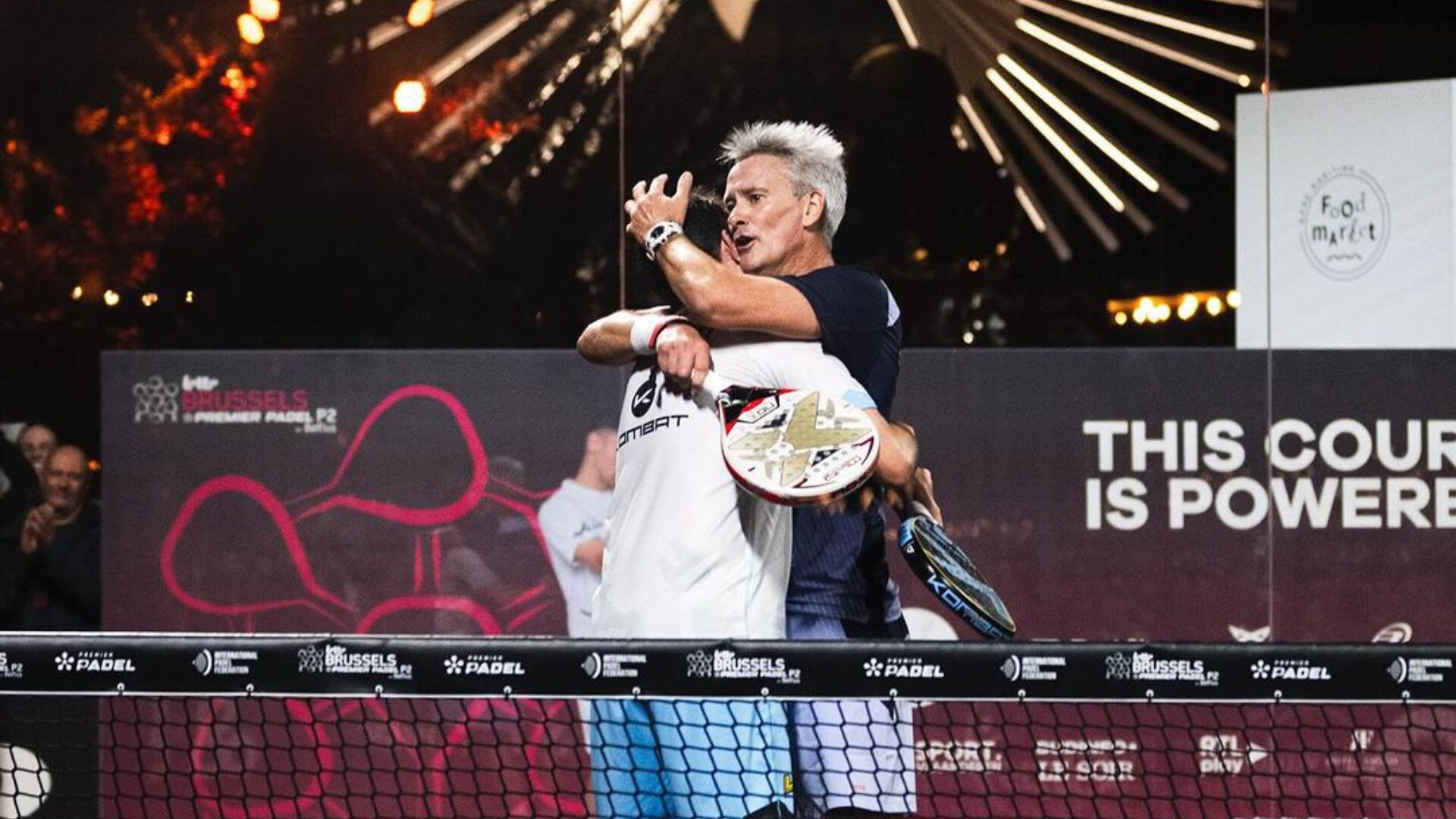 Big evening in Brussels with two seeded players on the mat, heckled number 1s…
Big evening in Brussels with two seeded players on the mat, heckled number 1s…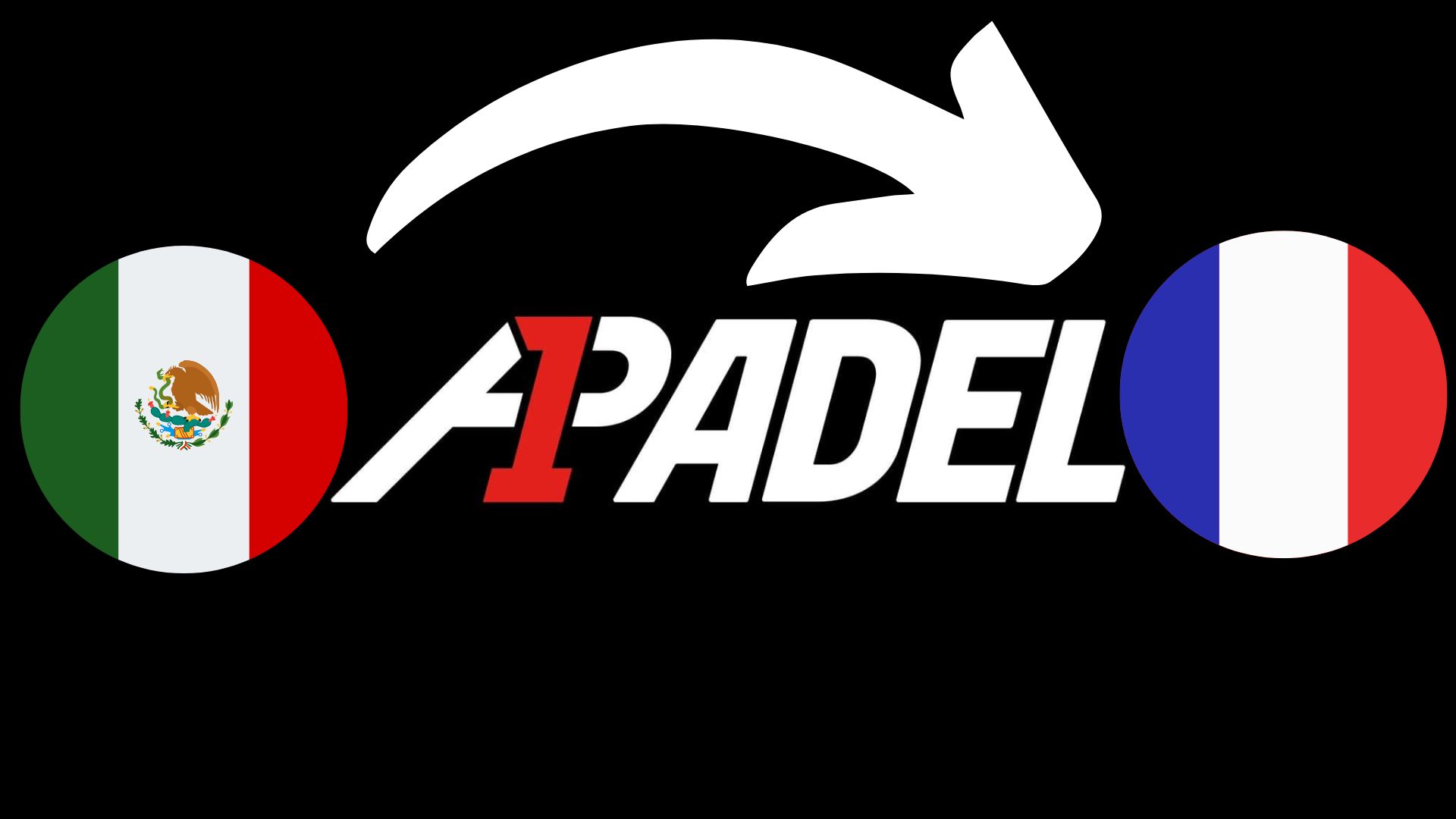 A1 Padel – the French Open replaces the Mexican Open on the calendar
A1 Padel – the French Open replaces the Mexican Open on the calendar Padel Score comes to Tahiti for American Express Padel Cup!
Padel Score comes to Tahiti for American Express Padel Cup! Do you know the Rafa Nadal Academy Tour?
Do you know the Rafa Nadal Academy Tour? Play at padel on his yacht? Possible for €233.000!
Play at padel on his yacht? Possible for €233.000! Our Top 10 training courses padel in France and Europe
Our Top 10 training courses padel in France and Europe At the heart of padel – Episode 25: Paul and Andoni answer your questions
At the heart of padel – Episode 25: Paul and Andoni answer your questions Tactical padel – What to do when faced with players who systematically stay at the bottom?
Tactical padel – What to do when faced with players who systematically stay at the bottom? The basic tactics of padel
The basic tactics of padel At the heart of padel – Episode 25: Paul and Andoni answer your questions
At the heart of padel – Episode 25: Paul and Andoni answer your questions At the heart of padel – Episode 23: defend the window well
At the heart of padel – Episode 23: defend the window well Prohibition on playing topless Padel : the reasons
Prohibition on playing topless Padel : the reasons FIP Tour – Going far from Europe, THE strategy to earn points!
FIP Tour – Going far from Europe, THE strategy to earn points! What is a good football player? padel ?
What is a good football player? padel ? “Lefties give me headaches when I play against them!”
“Lefties give me headaches when I play against them!” At the heart of padel – Episode 14: how to earn points in winter?
At the heart of padel – Episode 14: how to earn points in winter? A par 4 is always a winner...even if you manage to defend it!
A par 4 is always a winner...even if you manage to defend it! Carbon fiber VS fiberglass: what to choose?
Carbon fiber VS fiberglass: what to choose? How to effectively test a racket padel ?
How to effectively test a racket padel ? La padel to fight Parkinson's disease
La padel to fight Parkinson's disease Don't play with a cracked or broken racket, your body will thank you!
Don't play with a cracked or broken racket, your body will thank you! Michel Cymes: “The padel, physically, it’s serious!”
Michel Cymes: “The padel, physically, it’s serious!” Jeremy Gala: “Promote the padel among young people in Belgium remains a challenge”
Jeremy Gala: “Promote the padel among young people in Belgium remains a challenge” The French Touch Academy organizes its selection day Padel-Study
The French Touch Academy organizes its selection day Padel-Study Report on the detection and training of younger generations
Report on the detection and training of younger generations